The word dwarfism refers to those whose height falls under the mark of four feet ten. There are more than three hundred conditions that can lead to the occurrence of dwarfism. Many of these conditions are genetic and are normally present from the time of birth. Those who have the condition known as dwarfism will have experienced changes in any of several specific genes that interfere with the normal development of cartilage and bones. This also applies to the leg and arm bones, which is what leads to the onset of the short stature in dwarfs.
Types of dwarfism
All dwarfs are short, this much is true. However, different types of the condition occur as a result of different causes. Different dwarfs will also display different types of physical traits. The most common form of the condition is achondroplasis. Around seventy-five per cent of all cases of dwarfism are considered to be achondroplasia. The condition occurs in about one out of every 15-40,000 births. Those with the condition have an average sized torso, but much shorter arms and legs. In this case, those with achondroplasia might have larger than average heads and a prominent forehead. Fingers will normally be short in those with achondroplasia. Mortality in people affected by achondroplasia is very close to people who aren't affected by dwarfism — about 10 years less than a life expectancy of people who aren't affected by the disorder.
Diastrophic dysplasia occurs in one out of every one hundred thousand births. Those with this kind of condition have short calves and forearms. They might also display a progressive curve in the spine. Club foot might be something suffered by people with this condition. Differently positioned thumbs might also be a consequence of this condition. Most people with this type of condition also suffer from movement-limiting differences in the joints. In conjunction with the spinal curvature, this can make it quite difficult for those with diastrophic dwarfism to walk.
A rare form of dwarfism is known as spondyloepiphyseal dysplasia, which affects bone growth and can lead to dwarfism. People with this disorder are often referred to as SED. Some SED patients will suffer from problems with the development of bone and connective tissue. Those with SED will appear to have a short torso, neck and limbs. However, they might possess correctly sized hands and feet. Some SED patients might suffer from breathing difficulties. Spinal cord damage might also occur as a result of this condition. Those with this disorder are also vulnerable to problems with joint mobility and arthritis, which might even occur early in their life.


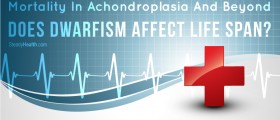

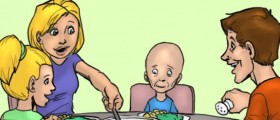
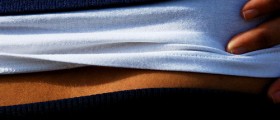
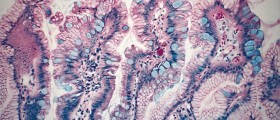

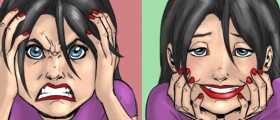

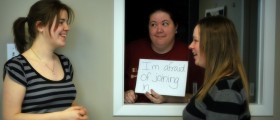

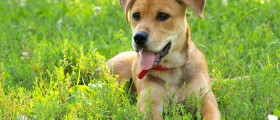
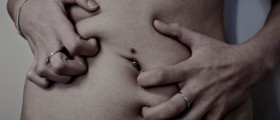
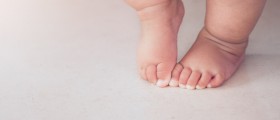
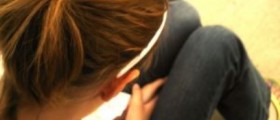
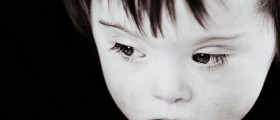
Your thoughts on this
Loading...